Granada in March Day 4 Albaicin and Realejo
The Alhambra could be a hard act to follow and the next morning we unwisely get off to an early start to visit the Albaicin area of Granada which is also a UNESCO world heritage site. Unwisely, because walking next to the Darro River before the sun comes up is extremely cold again and somewhat numbs our enthusiasm for the old town. On the way up we look at the gardens and patio of Palacio Cordova which is free to visit. We start to warm up as we head uphill to Mirador San Nicolas which is fortunately nearly deserted so early in the morning. The view of the Alhambra is indeed spectacular and the sun is straight in front of us which makes photos misty and mysterious.
We double back to Plaza Larga and then go up to the other Miradores - Llona and San Cristobal and admire in particular Calle del Agua and its old houses,
before returning to Mirador San Nicolas (now full of people and various activities to cater for them) and visit the Patio of the modern day Mezquita, a haven of peace and quiet with an equally spectacular view of the Alhambra.
At twelve o'clock we are waiting outside Aljibe del Rey where a free guided visit is promised at midday. This turns out to be a big waste of time, the guide is busy with a group and suggests we wait in the garden ten minutes, no problem but after 15 we get bored and wander around the exhibition about how water was brought to the Albaicin and the various Aljibes or fountains by ourselves. When the guide finally appears at twenty to one we have to fill in a form to be allowed down into the cistern the visit of which takes about 30 seconds. When we come back up he has disappeared and we follow suit.
Another free visit is much more successful. The Max Moreau museum is situated in Carmen of the Geraniums.
A Carmen is a typical house with garden and this is very pretty with interesting furnishings, a friendly caretaker and beautiful views of the Alhambra. We call it a morning and go back home for lunch and a rest.
In the afternoon we visit some interesting free places in the Realejo area and the centre.
First of all Casa de los Tiros or house of Muskets. The facade is interesting in itself with the muskets poking out of the upper windows, an image of Boabdil's sword which was said to be in possession of the owners and various statues. Inside there is a small museum about local history but the best parts are the paintings of royalty along the staircase - all the ones we've been learning about, from Isabel herself to Juan la Loca, and the ceiling of the golden room.
La Cuadra Dorada which is magnificent - black and gold painted carved wood with writing and carved figures of various royal and heroic historical characters. Spectacular.
Next stop is Corral de Santiago, now part of Granada university, it is a type of building typical of Granada, three storeys of rooms with wooden balconies all along the sides around a courtyard.
It takes longer to find Corral del Carbón which has a magnificent plasterwork decorated arched entrance and a similarly square patio this time surrounded by brick balconies.
Most unusual, it used to be used for storing grain, then as a theatre and later for making charcoal.
Our final visit is to Cuarto Real Santo Domingo, which mysteriously presents itself as a predecessor to the Alhambra. From the original building, just one room is left and indeed with the same lietmotif of the Nasrid Palaces - socle of painted intersected tiles and intricate plasterwork above. It's well worth the visit.
Our last stop of the afternoon, it's now getting dark, is prosaically at Mercadona, where we stock up for the weekend before winding home through the quiet back streets.



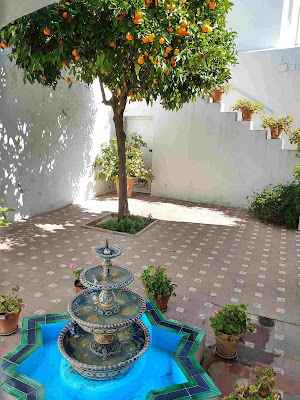





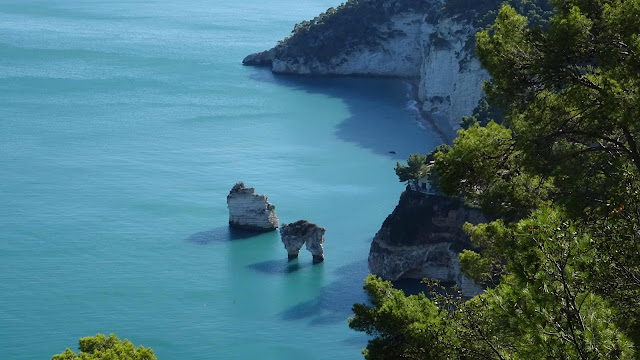
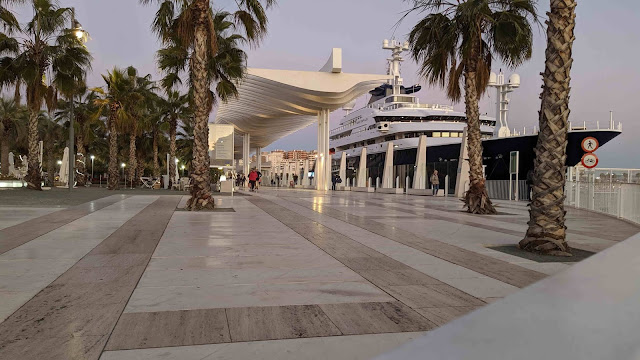



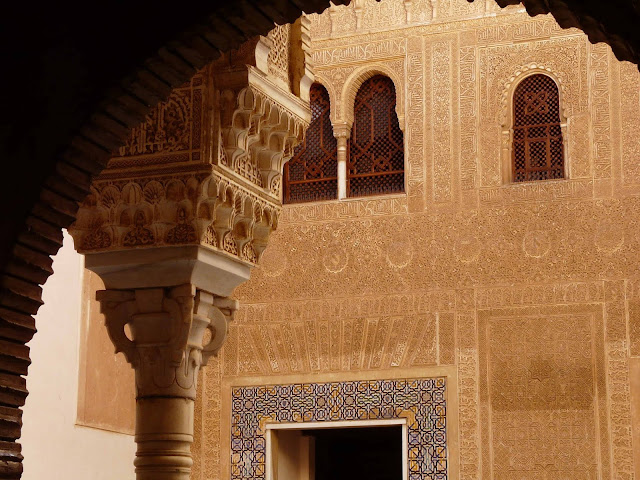
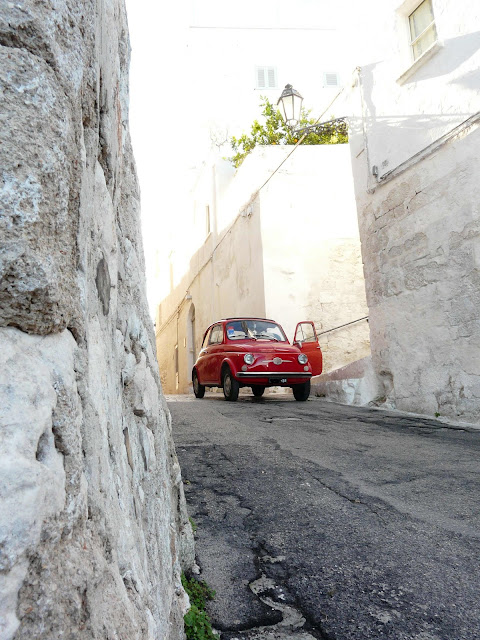
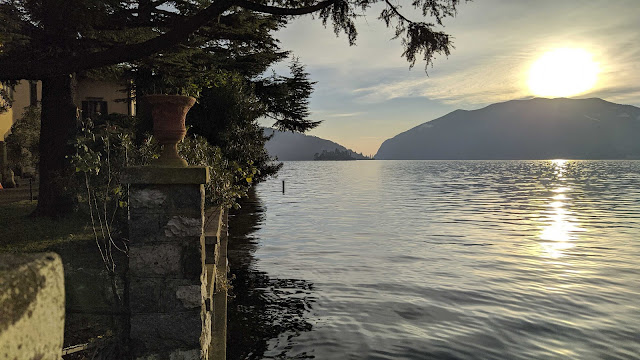

Comments
Post a Comment